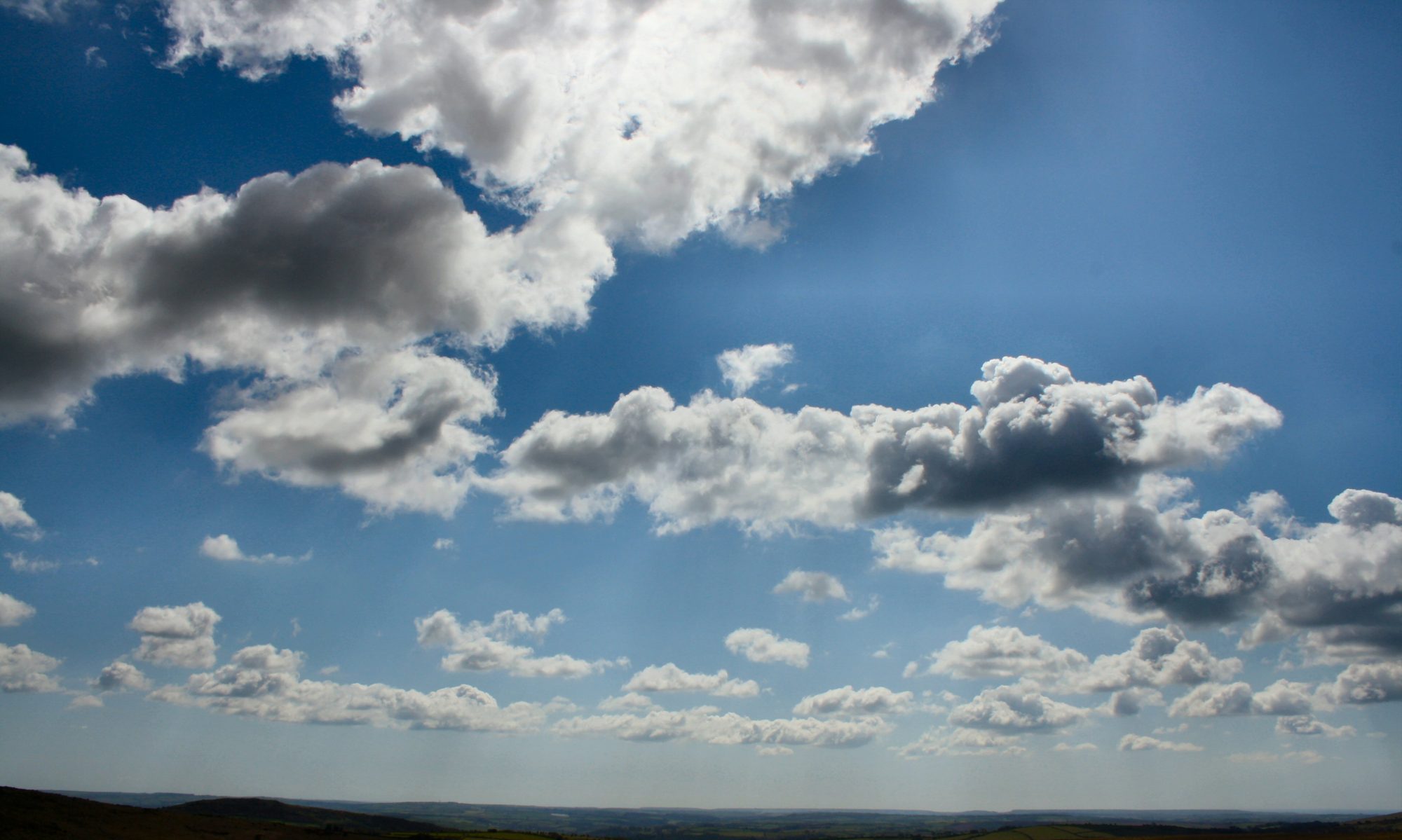There’s more life in St Thomas Becket Churchyard than you might think!
Since at least medieval times this has been an important religious site and the plants that can be found here provide hints about the human influence on the site that get the imagination rolling. Here’s a few that spring to mind:
Yew trees are poisonous to livestock and are thought to have been planted to discourage grazing over these sacred areas. In some churchyards, the yew trees have been found to be older than the churches themselves!
Lichens are not a plant as such but a symbiotic relationship between algae and fungi species. A variety of lichens grow on the headstones of the graveyard (with my untrained eye I counted at least 5 types). They grow very slowly 0.5– 8 mm/ year depending on the species. I noted one that was about 20cm wide, perhaps up to 400 years old?! I couldn’t read the engraving to confirm sadly. A school/ university project for someone in the village perhaps?
Grassland forms most of the habitat cover in the yard, but even this tells a story. Perhaps sown and re-sown many times during the church’s history and disturbed and mown countless times. The sweet vernal grass is flowing now – so called because it is sweet smelling when cut and comes up in the spring. Self-sown wildflowers are present that are considered “indicator species” of grasslands that have been modified/managed through human activity, with intriguing common names such as common cat’s-ear, ribwort plantain, hedge bedstraw, primrose, ladies’ smock and cuckoo pint. Curiouser are the plants found in the walls: navelwort, spleenwort and toadflax.
Then we have the garden flowers planted by loved ones lamenting lost ones: Spanish bluebell, grape hyacinth, daffodil, and tulips. Followed by some garden escapees that may well have made their own way to church: red valerian, honesty, and mind-your-own-business.
This great mixture of wild and garden plants provides a perfect opportunity for wild bees, hoverflies butterflies, moths and many more insects. These in turn feed other wildlife like hedgehogs, birds and bats – all the way up the food chain to birds of prey like the tawny owls that are regularly heard hooting around the village at night.
We are working with the churchyard guardians to enhance and protect this valued space for wildlife in the heart of the village. You can do the same in your garden, for example by leaving part of your lawn unmown until late summer to allow wildflowers to flourish. However small your project you are helping to increase the diversity of habitats which benefit wildlife. If you live in Bridford please consider entering our Wildlife Gardening Competition. Full details can be found in the Telephone Box, Bus Shelter, in the Village Hall or online here: https://bridfordvillage.co.uk/bridford-wildlife-gardening-competition/
Contact us: [email protected]

